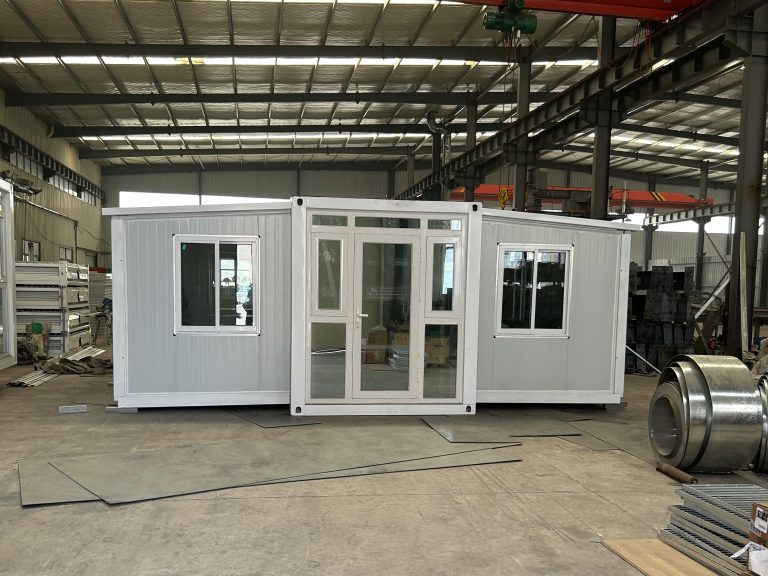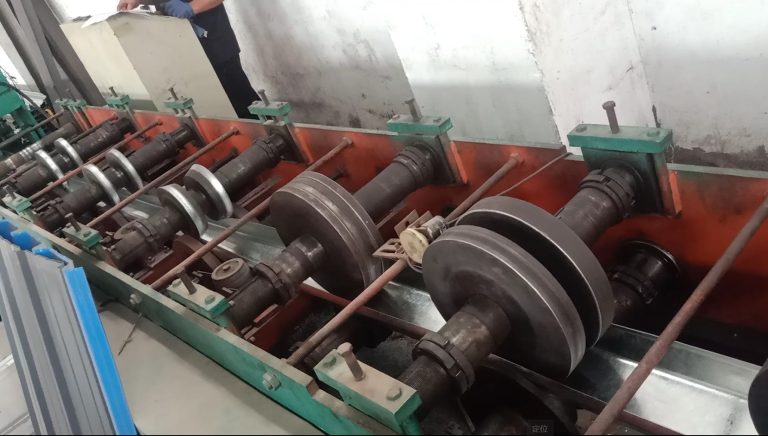Inhoudsopgave
Advantages of Using Steel Structure in Historical Building Restoration
Historical and cultural buildings hold a special place in our society, as they are a reflection of our past and heritage. However, these buildings often face challenges such as deterioration, structural instability, and the need for modernization. In order to preserve these important structures, restoration and renovation projects are often undertaken. One of the key considerations in these projects is the choice of materials and construction methods. Steel structure has emerged as a popular choice for the restoration of historical and cultural buildings due to its numerous advantages.
One of the main advantages of using steel structure in historical building restoration is its strength and durability. Steel is a highly durable material that can withstand extreme weather conditions and seismic activity. This makes it an ideal choice for reinforcing and stabilizing old buildings that may have weakened over time. By incorporating steel beams and columns into the existing structure, engineers can strengthen the building and ensure its longevity for future generations.
Another advantage of steel structure is its versatility and flexibility. Steel can be easily fabricated into various shapes and sizes, allowing for customized solutions that meet the specific needs of each restoration project. Whether it is reinforcing a crumbling wall, adding a new floor, or creating a modern extension, steel structure can be tailored to fit the unique requirements of historical buildings. This flexibility also allows for easier integration of modern amenities such as HVAC systems, electrical wiring, and plumbing, without compromising the integrity of the original structure.
In addition to its strength and versatility, steel structure offers cost-effective solutions for historical building restoration. While the initial cost of using steel may be higher than traditional materials such as wood or masonry, the long-term benefits far outweigh the investment. Steel requires minimal maintenance and has a longer lifespan compared to other materials, reducing the need for frequent repairs and replacements. This can result in significant cost savings over time, making steel structure a cost-effective choice for preserving historical and cultural buildings.
Furthermore, steel structure is environmentally friendly and sustainable. Steel is a recyclable material that can be reused and repurposed, reducing the demand for new resources and minimizing waste. By choosing steel for historical building restoration, architects and engineers can contribute to sustainable construction practices and reduce the environmental impact of their projects. This aligns with the growing trend towards green building design and construction, making steel structure a preferred choice for environmentally conscious restoration projects.
In conclusion, the application and practice of steel structure in the restoration of historical and cultural buildings offer numerous advantages that make it an ideal choice for preserving these important structures. From its strength and durability to its versatility and cost-effectiveness, steel structure provides a sustainable and environmentally friendly solution for reinforcing and modernizing old buildings. By incorporating steel into restoration projects, architects and engineers can ensure the longevity and integrity of historical and cultural buildings for future generations to appreciate and enjoy.
Case Studies of Successful Steel Structure Applications in Cultural Building Renovations
Historical and cultural buildings hold a special place in our society, as they are a reflection of our past and heritage. However, these buildings often face challenges such as deterioration, structural instability, and the need for modernization to meet current safety standards. In such cases, the application of steel structures has proven to be a successful solution in the restoration and preservation of these valuable buildings.
One notable example of successful steel structure application in cultural building renovations is the Louvre Pyramid in Paris, France. Designed by architect I.M. Pei, the glass and steel pyramid serves as the main entrance to the Louvre Museum, one of the world’s largest and most visited museums. The pyramid not only provides a modern and visually striking entrance to the museum but also serves a functional purpose by allowing natural light to enter the underground lobby and connecting the various wings of the museum.
Another example of the successful use of steel structures in cultural building renovations is the renovation of the Reichstag building in Berlin, Germany. The Reichstag, the seat of the German parliament, was heavily damaged during World War II and underwent extensive restoration in the 1990s. As part of the renovation, a new glass dome was added to the building, symbolizing transparency and openness in government. The dome is supported by a steel structure that allows visitors to walk up to the top and enjoy panoramic views of the city.
In both of these cases, the use of steel structures not only helped to preserve the historical and cultural significance of the buildings but also allowed for the integration of modern design elements that enhance the visitor experience. Steel structures are versatile and can be used to create innovative and sustainable solutions for the restoration of historical buildings.

One of the key advantages of using steel structures in cultural building renovations is their strength and durability. Steel is a highly resilient material that can withstand extreme weather conditions and seismic activity, making it ideal for reinforcing existing structures and adding new elements to historical buildings. Additionally, steel structures are lightweight and can be prefabricated off-site, reducing construction time and minimizing disruption to the surrounding area.
Furthermore, steel structures offer flexibility in design and can be customized to meet the specific requirements of each project. Whether it is creating a new entrance, adding a rooftop terrace, or reinforcing the existing structure, steel can be used in a variety of ways to enhance the functionality and aesthetics of historical and cultural buildings.
In conclusion, the application of steel structures in the restoration of historical and cultural buildings has proven to be a successful and sustainable solution. By combining the strength and durability of steel with innovative design elements, architects and engineers can preserve the heritage of these valuable buildings while also meeting the needs of modern society. The case studies of the Louvre Pyramid and the Reichstag building demonstrate the potential of steel structures to create iconic and functional spaces that will continue to inspire and educate future generations.






